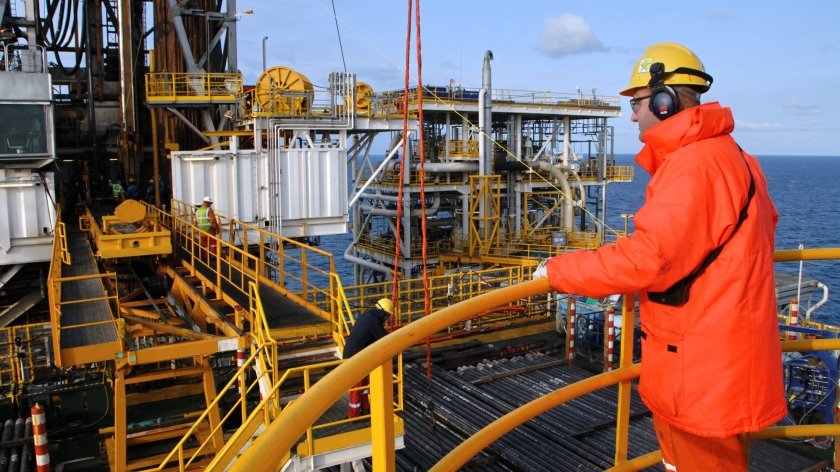Tumblast shot blasting machines are essential in various industries for cleaning, deburring, and finishing metal surfaces. However, like any complex machinery, they can experience issues that disrupt their operation and affect productivity. This article provides an in-depth guide to troubleshooting common problems with tumblast shot blasting machines, ensuring they run efficiently and effectively.
Inconsistent Cleaning Results
Problem:
Inconsistent cleaning results can manifest as uneven surface finishes, missed spots, or varying degrees of cleanliness on the workpieces.
Causes:
- Worn or damaged blast wheels: The blast wheels may have worn out or suffered damage, affecting their ability to throw media uniformly.
- Improper media flow: Blockages or incorrect media levels can lead to inconsistent media flow, impacting the cleaning process.
- Incorrect machine settings: Inadequate wheel speed, abrasive flow rate, or conveyor speed can cause variations in cleaning results.
Solutions:
- Inspect and replace blast wheels: Regularly inspect the blast wheels for wear or damage and replace them as needed to maintain optimal performance.
- Ensure proper media flow: Check for any blockages in the media flow system and ensure the media level is appropriate for the operation. Clean or replace media valves and screens if necessary.
- Adjust machine settings: Calibrate the machine settings according to the manufacturer’s recommendations. Fine-tune the wheel speed, abrasive flow rate, and conveyor speed to achieve consistent results.
Excessive Wear and Tear on Machine Components
Problem:
Frequent breakdowns and the need for constant maintenance can indicate excessive wear and tear on machine components.
Causes:
- Poor maintenance practices: Inadequate or irregular maintenance can lead to accelerated wear of critical components.
- Improper media selection: Using incorrect or suboptimal abrasive media can increase wear on machine parts.
- Overloading the machine: Running the machine beyond its capacity can strain its components, leading to premature wear.
Solutions:
- Implement a maintenance schedule: Develop and adhere to a regular maintenance schedule, including inspections, cleaning, and replacement of worn parts.
- Use appropriate media: Select the correct abrasive media based on the material being processed and the desired finish. Consult the machine’s manual or manufacturer for guidance.
- Avoid overloading: Ensure the machine operates within its capacity limits. Distribute the load evenly and avoid overloading the tumblast machine.
Reduced Blasting Efficiency
Problem:
A noticeable decrease in blasting efficiency can result in longer processing times and increased operational costs.
Causes:
- Clogged or worn blast nozzles: Blast nozzles that are clogged or excessively worn can reduce the blasting power and efficiency.
- Insufficient abrasive flow: A low or inconsistent flow of abrasive media can diminish the cleaning effectiveness.
- Deteriorated seals and gaskets: Worn-out seals and gaskets can cause air leaks, reducing the machine’s blasting pressure.
Solutions:
- Clean and replace blast nozzles: Regularly clean the blast nozzles to prevent clogging. Replace them when they show signs of excessive wear.
- Maintain proper abrasive flow: Monitor and adjust the abrasive flow rate to ensure a consistent and adequate supply of media.
- Inspect and replace seals and gaskets: Regularly check seals and gaskets for wear and replace them to maintain optimal blasting pressure and efficiency.
Machine Jams and Blockages
Problem:
Frequent jams and blockages can halt production and cause significant downtime.
Causes:
- Foreign objects in the machine: Non-abrasive materials or large debris can enter the machine, causing jams.
- Inadequate cleaning of media and dust: Accumulation of dust and used media can lead to blockages in the system.
- Improper machine loading: Overloading or uneven loading of workpieces can cause jams.
Solutions:
- Remove foreign objects: Inspect the machine regularly and remove any non-abrasive materials or large debris.
- Clean the machine thoroughly: Implement a regular cleaning routine to remove dust and used media. Use appropriate cleaning tools and techniques to maintain the system.
- Load the machine properly: Follow the manufacturer’s guidelines for loading the machine. Ensure workpieces are evenly distributed and avoid overloading.
Excessive Dust and Poor Ventilation
Problem:
Excessive dust and poor ventilation can create a hazardous work environment and reduce machine efficiency.
Causes:
- Inadequate dust collection system: A malfunctioning or insufficient dust collection system can lead to excessive dust buildup.
- Blocked ventilation paths: Dust and debris can block ventilation paths, reducing airflow and causing overheating.
- Leaking seals and gaskets: Worn seals and gaskets can allow dust to escape into the workspace.
Solutions:
- Upgrade the dust collection system: Ensure the dust collection system is appropriately sized and functioning correctly. Clean or replace filters regularly.
- Maintain clear ventilation paths: Regularly inspect and clean ventilation paths to prevent blockages and ensure adequate airflow.
- Replace leaking seals and gaskets: Inspect seals and gaskets for wear and replace them to prevent dust leakage and maintain a clean workspace.
High Noise Levels
Problem:
High noise levels can be disruptive and pose a health risk to operators.
Causes:
- Worn or damaged components: Worn bearings, gears, and other mechanical components can generate excessive noise.
- Loose or misaligned parts: Loose or misaligned parts can cause vibrations and increased noise levels.
- Inadequate soundproofing: Insufficient soundproofing measures can allow noise to escape.
Solutions:
- Inspect and replace worn components: Regularly inspect bearings, gears, and other mechanical components for wear and replace them as needed.
- Tighten and align parts: Ensure all parts are properly tightened and aligned to reduce vibrations and noise.
- Implement soundproofing measures: Consider adding soundproofing materials to the machine and the workspace to reduce noise levels.
Irregular Media Consumption
Problem:
Excessive or irregular consumption of abrasive media can lead to increased operational costs and inconsistent cleaning results.
Causes:
- Incorrect media flow settings: Improper settings can result in either excessive or insufficient media usage.
- Media leakage: Worn-out seals, gaskets, or components can cause media to leak, leading to waste.
- Poor media quality: Low-quality media can break down quickly, increasing consumption.
Solutions:
- Adjust media flow settings: Review and adjust the media flow rate according to the manufacturer’s specifications to optimize usage.
- Check for leaks: Regularly inspect the machine for signs of media leakage and replace worn seals, gaskets, or other components.
- Use high-quality media: Invest in high-quality abrasive media that is more durable and cost-effective in the long run.
Conclusion
Regular maintenance and prompt troubleshooting are crucial for the optimal performance of tumblast shot blasting machines. By addressing these common issues, operators can ensure their machines operate efficiently, minimize downtime, and maintain a safe working environment. Implementing these solutions will not only enhance productivity but also extend the lifespan of the equipment, providing long-term cost savings.
Name: Process & System
Address: Modi House, Ground Floor, 14, Raja Naba Krishna Street, Kolkata – 700 005, WB, India
P.No.: 9051202216



